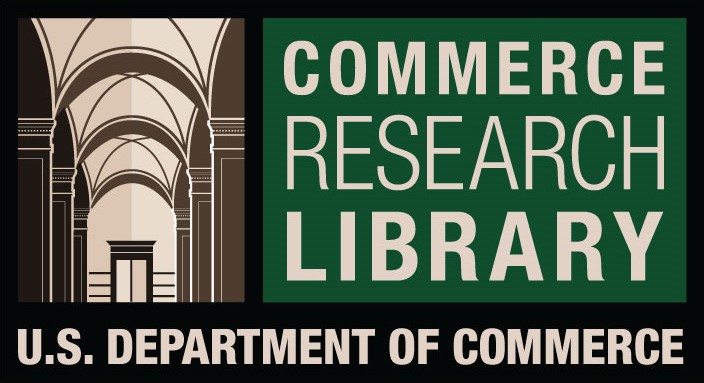Analysis of COVID-19 in World Dataset Using Machine Learning Models
DOI:
https://doi.org/10.61841/v96rz251Keywords:
Machine learning, covid -19 in world, decision tree, correlation coefficient, test statisticsAbstract
COVID-19 had a global impact, affecting countries and regions to varying extents. While I can offer general information up to that date, it's essential to bear in mind that the situation is continually changing. For the most current and trustworthy updates, please consult authoritative sources. Machine learning, a branch of artificial intelligence, harnesses statistical methods to empower computers to acquire knowledge and render decisions without explicit programming. It operates on the principle that computers can gain insights from data, identify patterns, and exercise judgment with minimal human intervention. This paper considers covid -19 in world-related dataset like country, continent, total_confirmed, total_deaths, total_recovered, active_cases, serious_or_critical, total_cases_per_1m_population, total_deaths_per_1m_population, total_tests, total_tests_per_1m_population, population. The machine learning approaches which is used to analysis and predict the dataset using linear regression, multilayer perceptron, SMOreg, random forest, random tree, and REP tree. Numerical illustrations are provided to prove the proposed results with test statistics or accuracy parameters
Downloads
References
1. Mohan, S., Abugabah, A., Kumar Singh, S., Kashif Bashir, A. and Sanzogni, L., 2022. An approach to forecast impact
of Covid‐19 using supervised machine learning model. Software: Practice and Experience, 52(4), pp.824-840.
2. Ramanathan, S. and Ramasundaram, M., 2021. Accurate computation: COVID-19 rRT-PCR positive test dataset
using stages classification through textual big data mining with machine learning. The Journal of
supercomputing, 77(7), pp.7074-7088.
3. Muhammad, L.J., Algehyne, E.A., Usman, S.S., Ahmad, A., Chakraborty, C. and Mohammed, I.A., 2021. Supervised
machine learning models for prediction of COVID-19 infection using epidemiology dataset. SN computer
science, 2(1), pp.1-13.
4. Alimadadi, A., Aryal, S., Manandhar, I., Munroe, P.B., Joe, B. and Cheng, X., 2020. Artificial intelligence and
machine learning to fight COVID-19. Physiological genomics, 52(4), pp.200-202.
5. Ballı, S., 2021. Data analysis of Covid-19 pandemic and short-term cumulative case forecasting using machine
learning time series methods. Chaos, Solitons & Fractals, 142, p.110512.
6. Rajesh, P. and Karthikeyan, M., 2017. A comparative study of data mining algorithms for decision tree approaches
using the Weka tool. Advances in Natural and Applied Sciences, 11(9), pp.230-243.
7. Ayyoub Zadeh, S.M., Ayyoubzadeh, S.M., Zahedi, H., Ahmadi, M. and Kalhori, S.R.N., 2020. Predicting COVID-
19 incidence through analysis of google trends data in Iran: data mining and deep learning pilot study. JMIR public
health and surveillance, 6(2), p.e18828.
8. Abdul Kareem, N.M., Abdulazeez, A.M., Zeebaree, D.Q. and Hasan, D.A., 2021. COVID-19 world vaccination
progress using machine learning classification algorithms. Qubahan Academic Journal, 1(2), pp.100-105.
9. Hossen, M.S. and Karmoker, D., 2020, December. Predicting the Probability of Covid-19 Recovered in South Asian
Countries Based on Healthy Diet Pattern Using a Machine Learning Approach. In 2020 2nd International Conference
on Sustainable Technologies for Industry 4.0 (STI) (pp. 1-6). IEEE.
10. Rajesh, P., Karthikeyan, M. and Arulpavai, R., 2019, December. Data mining approaches to predict the factors that
affect the groundwater level using a stochastic model. In AIP Conference Proceedings (Vol. 2177, No. 1). AIP
Publishing.
11. Rajesh, P. and Karthikeyan, M., 2019. Data mining approaches to predict the factors that affect agriculture growth
using stochastic models. International Journal of Computer Sciences and Engineering, 7(4), pp.18-23.
12. Rajesh, P., Karthikeyan, M., Santhosh Kumar, B. and Mohamed Parvees, M.Y., 2019. Comparative study of decision
tree approaches in data mining using chronic disease indicators (CDI) data. Journal of Computational and Theoretical
Nanoscience, 16(4), pp.1472-1477.
13. Kohavi, R., & Sahami, M. (1996). Error-based pruning of decision trees. In International Conference on Machine
Learning (pp. 278-286).
14. Akusok, A. (2020). What is Mean Absolute Error (MAE)? Retrieved from
https://machinelearningmastery.com/mean-absolute-error-mae-for-machine-learning/
15. S. M. Hosseini, S. M. Hosseini, and M. R. Mehrabian, “Root mean square error (RMSE): A comprehensive review,”
International Journal of Applied Mathematics and Statistics, vol. 59, no. 1, pp. 42–49, 2019.
16. Chi, W. (2020). Relative Absolute Error (RAE) – Definition and Examples. Medium.
https://medium.com/@wchi/relative-absolute-error-rae-definition-and-examples-e37a24c1b566
Downloads
Published
Issue
Section
License
You are free to:
- Share — copy and redistribute the material in any medium or format for any purpose, even commercially.
- Adapt — remix, transform, and build upon the material for any purpose, even commercially.
- The licensor cannot revoke these freedoms as long as you follow the license terms.
Under the following terms:
- Attribution — You must give appropriate credit , provide a link to the license, and indicate if changes were made . You may do so in any reasonable manner, but not in any way that suggests the licensor endorses you or your use.
- No additional restrictions — You may not apply legal terms or technological measures that legally restrict others from doing anything the license permits.
Notices:
You do not have to comply with the license for elements of the material in the public domain or where your use is permitted by an applicable exception or limitation .
No warranties are given. The license may not give you all of the permissions necessary for your intended use. For example, other rights such as publicity, privacy, or moral rights may limit how you use the material.












